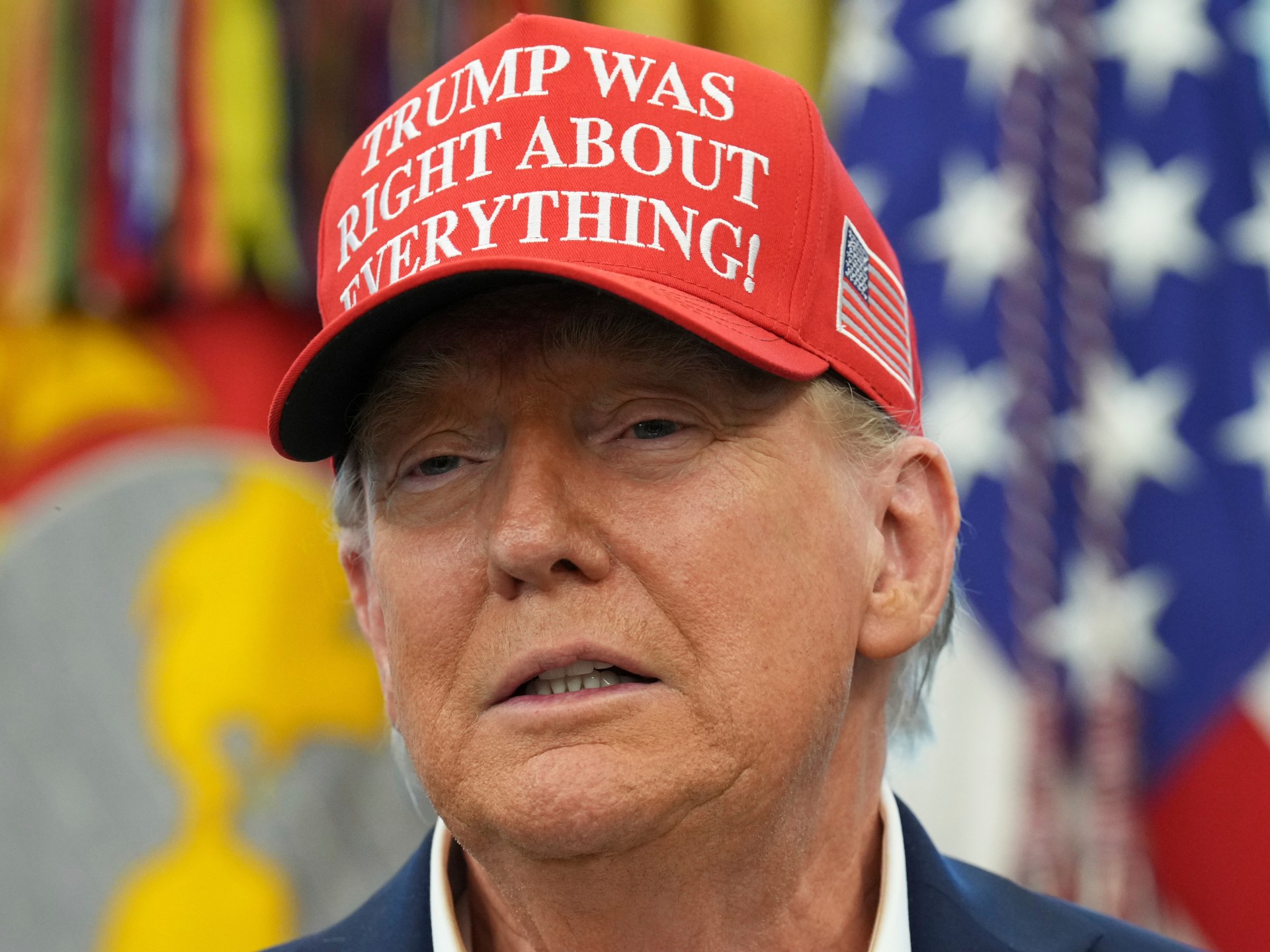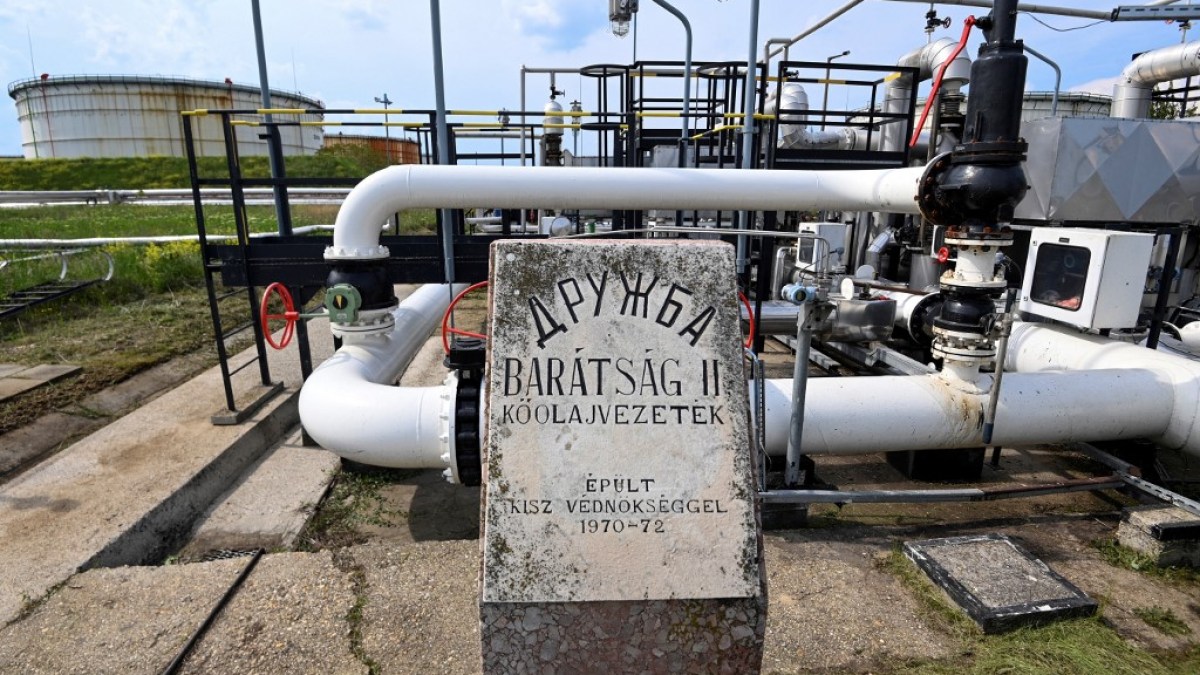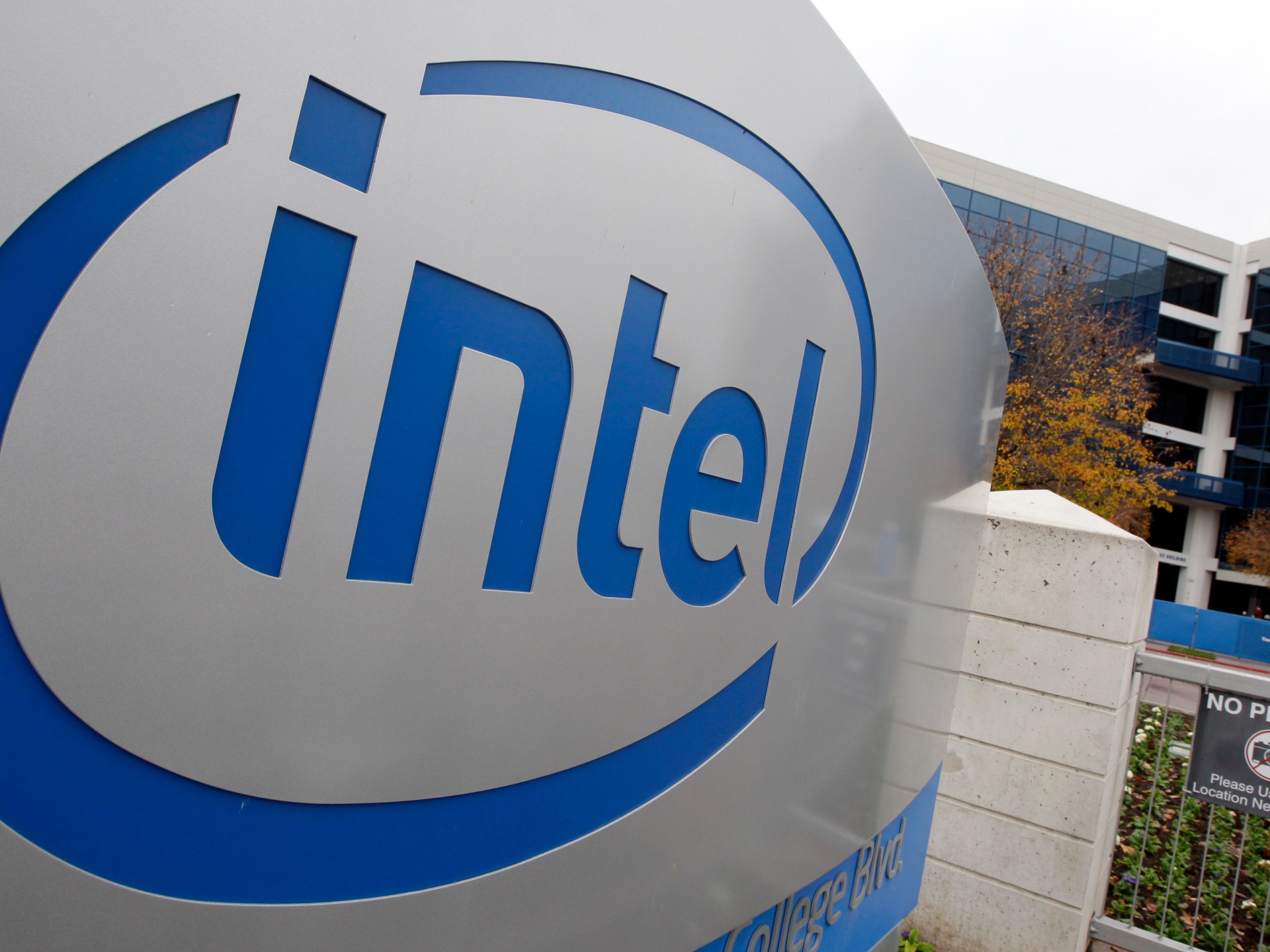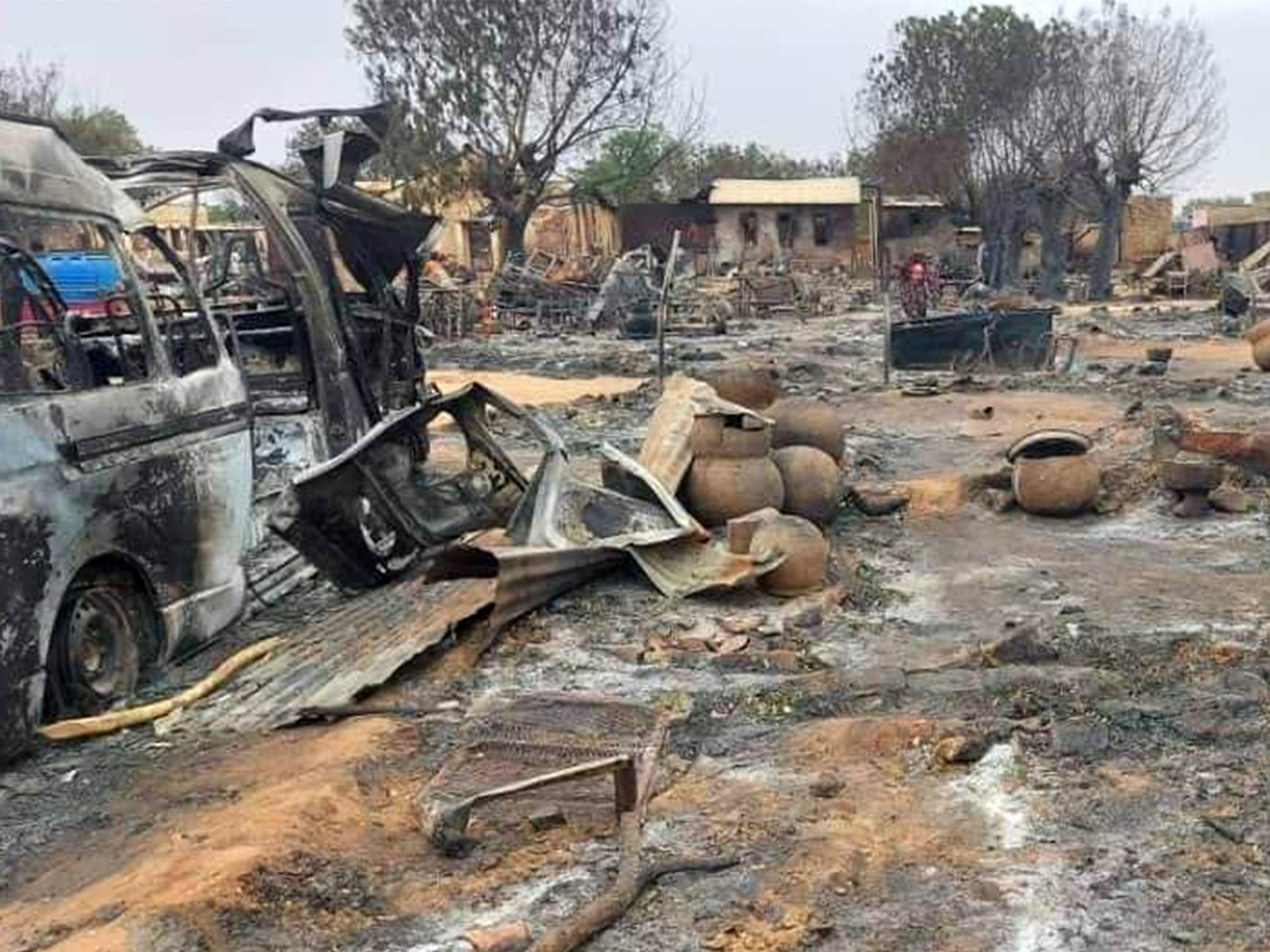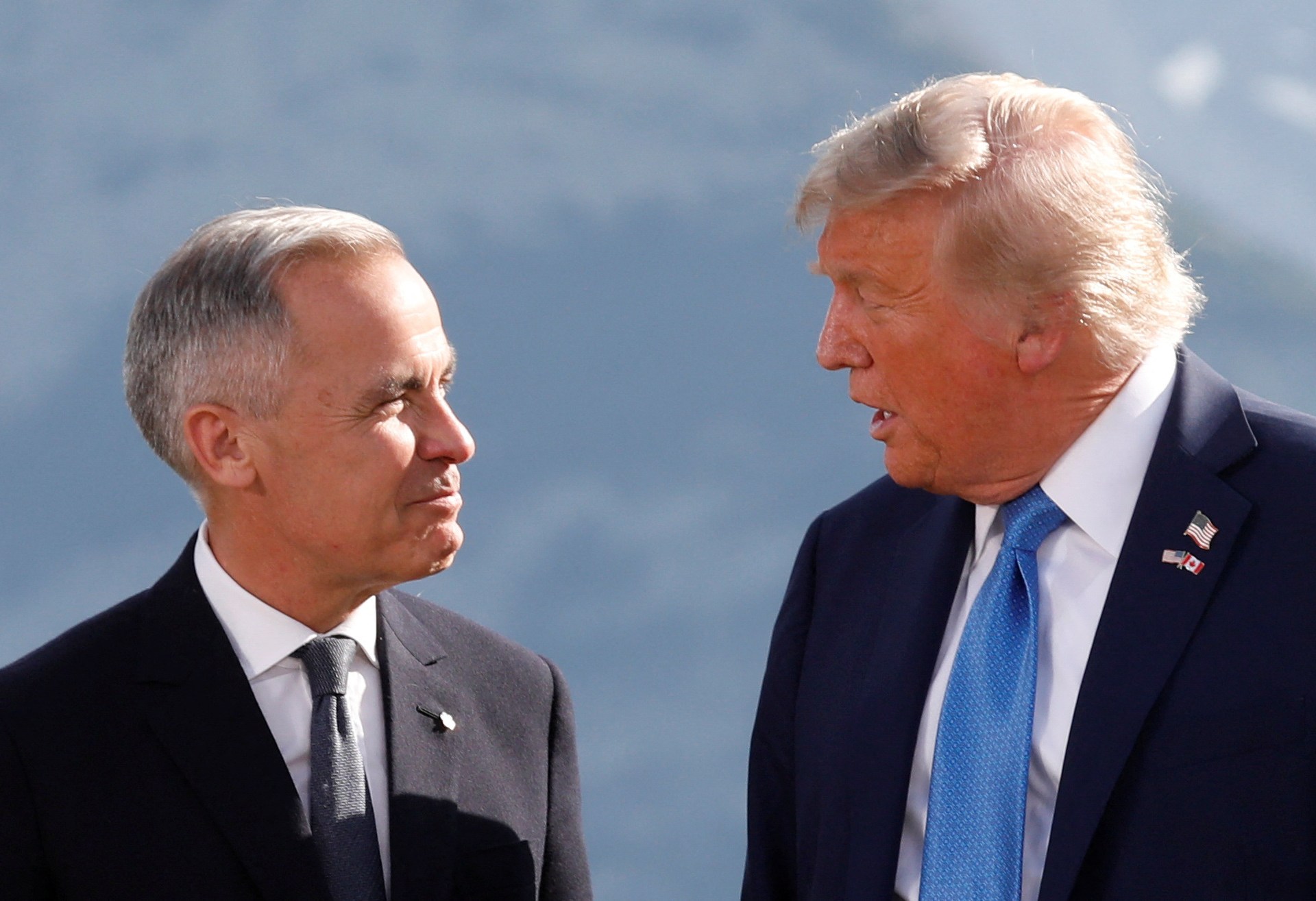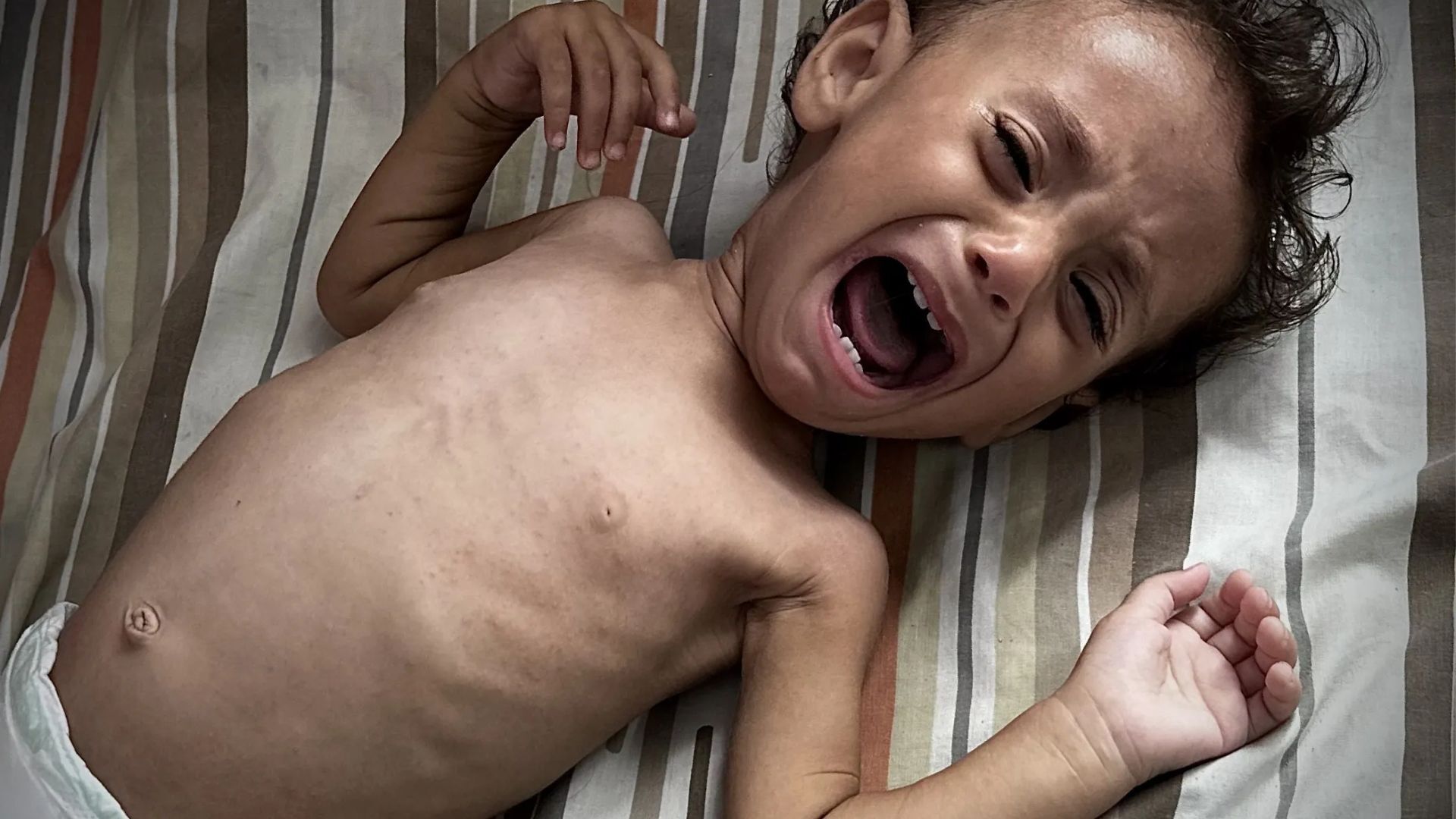President Donald Trump has hinted he plans to expand his domestic troop deployment to other Democrat-led cities in the United States, starting with the midwestern metropolis of Chicago, Illinois.
Trump’s warning arrived shortly after the Department of Defence confirmed to US media that the National Guard troops currently patrolling Washington, DC, will now be carrying weapons.
In a statement on Friday, the Pentagon said the decision came directly from Trump’s defence secretary, Pete Hegseth.
“Members supporting the mission to lower the crime rate in our Nation’s capital will soon be on mission with their service-issued weapons, consistent with their mission and training,” the statement said.
Trump had called up the National Guard on August 11 to address crime in Washington, DC, dismissing nonpartisan data from the Metropolitan Police Department that shows violent crime in the city at a 30-year low.
The city had seen an uptick in murder and other crimes after the COVID-19 pandemic began, but since 2023, violent crime has fallen by 35 percent, according to the police statistics.
Trump, however, renewed his attacks against the city’s leadership on Friday and once again threatened to take over the local government. He has already federalised the local police force, a power he can exert for a period of 30 days.
“It was a crime-infested rat hole, and they do have a lot of rats,” Trump said of Washington, DC, during a meeting with reporters and FIFA football federation president Gianni Infantino at the White House.
Threats against DC Mayor Bowser
He specifically called out Washington, DC, Mayor Muriel Bowser, a Democrat, warning she could lose her democratically elected post.
“I’m tired of listening to these people say how safe it was before we got here,” Trump said. “It was unsafe. It was horrible. And Mayor Bowser had better get her act straight, or she won’t be mayor very long because we’ll take it over with the federal government and run it like it’s supposed to be run.”
Critics have voiced concern that such a move would further disenfranchise the voters of Washington, DC, and legal experts warn that Trump may run afoul of the law if he attempts to seize control of the city.
The federal government already wields significant power over the affairs of the capital. But under the Home Rule Act of 1973, a local government — with a mayor and city council — was set up to manage the city’s day-to-day policies, though Congress retained the right to review and reject local laws.
It is not clear how Trump could singlehandedly overturn the Home Rule Act, barring an act of Congress.
Still, Washington, DC’s unique status as the nation’s capital has allowed Trump to deploy the National Guard more freely there than he could in other parts of the country.
Earlier this month, the Trump administration faced trial for its use of the National Guard to quell demonstrations last June in Los Angeles, California.
State and local officials have argued that the move not only violated the law, but also ignited tensions between protesters and law enforcement.
In explaining California’s case against the Trump administration, state Attorney General Rob Bonta cited the Posse Comitatus Act of 1878, which bars the use of the country’s military for domestic law enforcement.
“Two months ago, the federal government deployed military troops to the streets of Los Angeles for the purposes of political theater and public intimidation,” Bonta said in a news release. “This dangerous move has no precedent in American history.”
Expanding troop deployments to Chicago
But Trump has advanced the idea that he will continue to deploy the National Guard to other parts of the country, in the name of combating crime.
“After we do this, we’ll go to another location, and we’ll make it safe also. We’re going to make our country very safe. We’re going to make our cities very, very safe,” Trump said, before turning his attention to one city in particular.
“Chicago’s a mess. You have an incompetent mayor. Grossly incompetent. And we’ll straighten that one out probably next. That’ll be our next one after this. And it won’t even be tough.”
He also named other cities he would like to “clean up” with federal troop intervention.
“I think Chicago will be next, and then we’ll help with New York,” Trump said at one point on Friday. At another, he hinted he might be inclined to once again deploy the National Guard to California.
“Now, you look at what the Democrats have done to San Francisco; they’ve destroyed it,” Trump said. “It’s just different. We can clean that up, too. We’ll clean that one up, too.”
Any of those proposed efforts, should they materialise, would likely face challenges under the Posse Comitatus Act.
Already, some mayors have responded to the idea that their city could be the next stop for Trump’s anti-crime campaign.
“If President Trump wants to help make Chicago safer, he can start by releasing the funds for anti-violence programs that have been critical to our work to drive down crime and violence,” Chicago Mayor Brandon Johnson said in a statement earlier this month.
“Sending in the national guard would only serve to destabilize our city and undermine our public safety efforts.”
As Trump faces the end of the 30-day window for his control of the Washington, DC, police force, he has indicated that he might try to circumvent the deadline by declaring the capital’s crime a “national emergency”.
“ I don’t know if there is a deadline because if I declare a national emergency, which this was, that ends the deadline,” Trump said.
